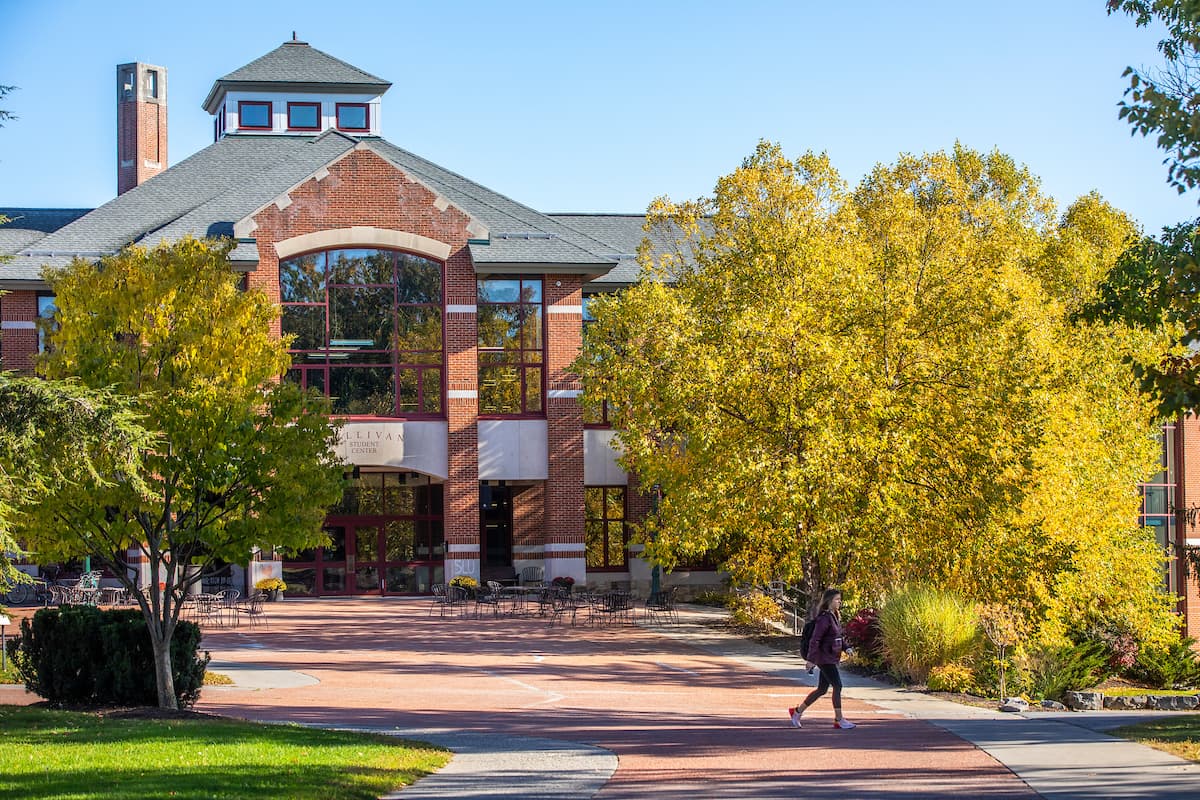The delay in the 2024-2025 FAFSA process will affect the timing that applicants need to finalize their college decisions, impacting enrollments and athletic teams across higher education. St. Lawrence received the first reports of financial packages from Federal Student Aid during the last week of March and has just recently begun reviewing the information to distribute to the admitted students.
“The current impact of FAFSA is difficult to gauge right now as the financial aid office has just started to receive FAFSA results for students,” said Tommiann Russell, the executive director of financial aid.
Russell mentioned with all the delays and processing issues students have experienced they are also seeing that FAFSA completion rates nationwide are down significantly. “To date, 6.5 million applications have been submitted and processed for 2024-2025,” says Russell. “For reference, last year, for the 2023-2024 aid cycle, there were over 17 million applications submitted.”
The extension of FAFSA has impacted coaches and need-based athletes in the incoming recruiting class of 2028. This pushback has heightened uncertainty surrounding financial aid packages. As a result, mainly need-based athletic teams face uncharted challenges in securing commitments from prospective recruits.
“If they are need-based, which is 90 percent of our recruits, they couldn’t make a decision yet,” said Shelly Roiger, head volleyball coach at St. Lawrence University. “I lost one recruit because she was just tired of waiting.”
Coach Roiger said that recruits who were highly stressed due to the FAFSA delay were more likely to withdraw from the recruiting process with St. Lawrence. With the delay now extending into late March or early April, as high school seniors’ school years end, they are eager to finalize their college plans. “My athletes just wanted to know where they wanted to go,” says Roiger. Instead of waiting, many have opted for schools like the State Universities of New York or state universities with less intimidating tuition.
“I’ve lost more recruits to cheaper state schools this year than ever before,” remarked Roiger. She recalls that typically, one or two recruits opt for SUNYs or other state schools.
The current delay in processing the FAFSA has resulted in the loss of approximately eight or nine recruits. On average, SUNYs and state schools cost half of St. Lawrence’s tuition. “The driving factor for me to transfer out of St. Lawrence was the cost,” said Carmelo Miceli, a former student at SLU. “I picked a school that was similar in quality but was a lot cheaper.”
Miceli found himself thinking about leaving his friends, academics, and extracurriculars behind to pursue similar academics at a cheaper cost. While some students are making these decisions, FAFSA has not impacted all students and coaches.
Coaches filter their recruiting classes based on the number of athletes they graduate or lose as a transfer. Incoming classes also depend on the size of the sports roster. Primarily, smaller rostered teams average anywhere from two recruits to eight. With the current number of seniors graduating, some coaches did not face FAFSA issues.
The men’s basketball team this year will be graduating two seniors, meaning the roster is not drastically impacted with the loss of players. “This year we aren’t recruiting a lot of kids,” said head men’s basketball coach, Chris Downs. “If this was for next year’s recruiting class, I’d probably be in full panic.”
Coach Downs acknowledged that he was fortunate to have avoided the significant repercussions from the FAFSA delay this year. “If current circumstances were to impact us in next year’s recruiting class, I would have to consider making compromises,” says Coach Downs. He mentions how he might need to prioritize selecting average players who can commit to St. Lawrence financially, over outstanding players whose decisions are waiting for the delayed FAFSA information.



